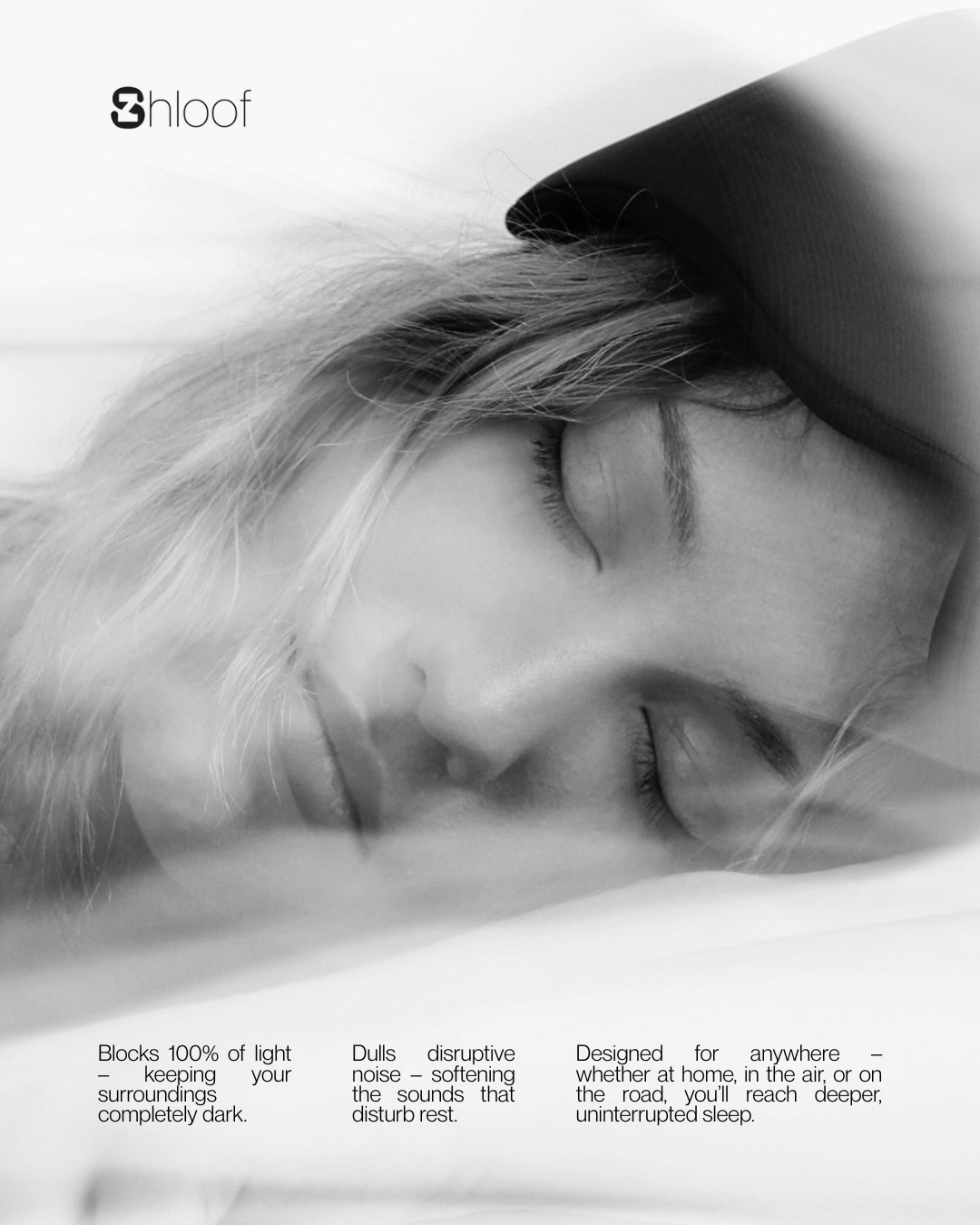In an age where many people fall asleep with Bluetooth headphones, wireless earbuds, or EM frequency-emitting devices by their bedside, there is a growing interest in enhancing natural sleep without relying on electronics.
Sleeping with Bluetooth devices is generally considered safe due to non-ionizing radiation, which has not been proven to cause cancer or brain damage. However, potential risks exist — from hearing damage caused by high volumes to discomfort or pressure from wearing earbuds for extended periods.
To minimize these risks and support natural, restorative sleep, it’s worth looking at both the science behind Bluetooth safety and practical, non-electric alternatives that protect your health.
Potential Health Risks of Sleeping with Bluetooth Devices
While Bluetooth devices are convenient, there are a few areas of concern that sleep experts and health professionals have identified:
Hearing Damage
Listening at high volumes can lead to auditory impairment or hearing loss over time. Even low levels of sound exposure for extended periods can contribute to long-term damage.
Discomfort and Pressure
In-ear earbuds may cause discomfort, pressure, or even infection when worn for long durations while sleeping. Many users also find that they interfere with side-sleeping or cause pain in the ear canal.
Radiation Exposure
Bluetooth devices emit non-ionizing radiation, a low-energy form of electromagnetic radiation. While considered safe by most authorities, there are ongoing debates about potential long-term effects, with the IARC (International Agency for Research on Cancer) classifying it as a possible carcinogen.
Thyroid Nodules
Some studies suggest a possible link between prolonged Bluetooth headset use and a higher risk of thyroid nodules. Although research is not yet conclusive, it underscores the importance of limiting unnecessary exposure.
Safer Alternatives and Practices
If you’re looking to enjoy sleep sounds, meditation tracks, or white noise without the potential risks of sleeping with Bluetooth devices, here are safer alternatives:
Lower the Volume
Always ensure the volume is kept at a low, safe level. Avoid turning up the sound to mask environmental noise — instead, reduce the source of noise whenever possible.
Choose Over-Ear or Headband-Style Headphones
According to the Cleveland Clinic, headband-style or over-ear headphones may put less pressure on the ears than earbuds, making them a more comfortable option for sleeping.
Consider External Speakers
Using an external speaker for white noise, pink noise, or other sleep sounds is the safest alternative to wearing headphones to bed. This way, sound fills the room without putting devices directly on or inside your ears.
Limit Usage
Reduce the amount of time you use Bluetooth devices during long listening sessions, especially overnight. Giving your body periods of EMF rest is a good long-term practice.
Keep Distance
When not actively in use, keep your Bluetooth devices a few inches away from your body. Even small increases in distance significantly reduce EMF exposure.
Use Wired Devices
For longer listening sessions, wired headphones are a safer option than wireless Bluetooth headphones. They eliminate EMF exposure altogether and can provide a more reliable audio experience.
Moving Toward Truly Natural Sleep
Enhancing natural sleep without electricity, ionised radiation, or EM frequencies means supporting your body’s innate rhythms. Simple changes — such as reducing noise and light, maintaining a cool room temperature, and avoiding devices in the bedroom — can all lead to deeper, more restorative sleep.
For those seeking extra support, sleep masks and noise-dampening solutions provide the benefits of a tech-free sleep environment without the risks associated with electronic devices.
✅ Key Takeaway: While Bluetooth and other wireless devices are generally considered safe, transparency around potential risks is essential. By adopting safer alternatives, you can protect your long-term health and create a sleep routine that enhances rest naturally, free from electricity, ionised radiation, or EM frequencies.


